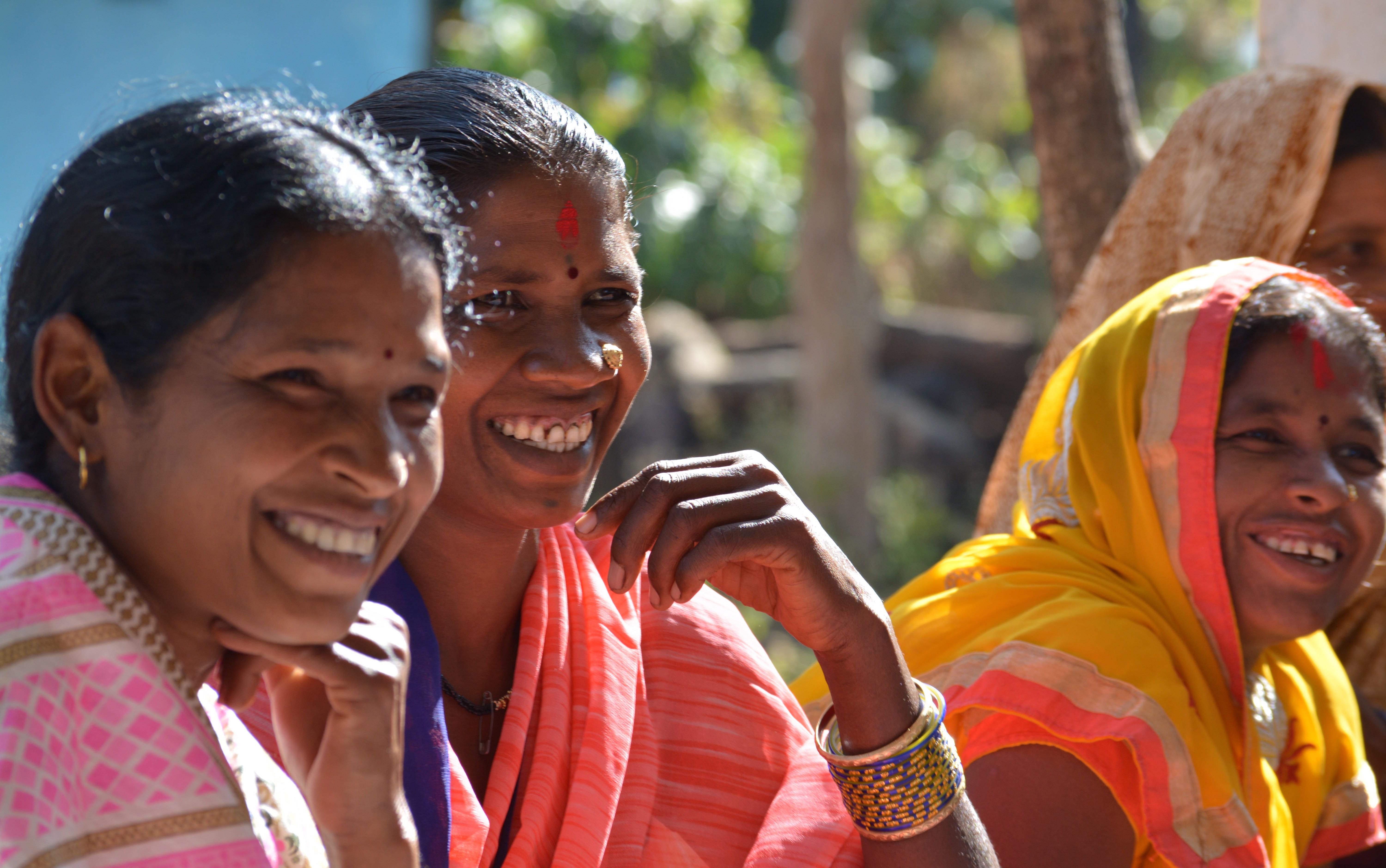As International Women’s Day—with the theme “Rural and Urban Activists Transforming Women’s Lives”—approaches, IFPRI is examining the role of rural women activists in bringing change to nutrition and food systems worldwide. The first of two posts.
The transformative role of women’s groups is drawing rising attention around the world. By organizing, women have been able to achieve change within their communities, households, and themselves—despite obstacles such as restrictive gender norms that limit the scope of their decision-making, legal systems that prohibit them from owning property, and domestic responsibilities that limit their ability to earn income and even to rest and take care of their own health.
Development organizations are increasingly focusing antipoverty and nutrition initiatives around women’s groups. Will these groups prove to be the secret ingredient to solve the global problems of hunger and malnutrition? Our recent review of the linkages between women’s groups and nutrition outcomes in South Asia sheds light on this important question.
In societies with entrenched gender norms, working through women’s groups helps women build social capital and empower themselves. Organizing in this way helps make women more aware of their rights, builds trust in the group and within the community, provides platforms for collective action, and promotes the active role of women as community leaders. The latter is especially relevant to health and nutrition outcomes, as women often act as the keepers of local norms that guide nutritional behavior—including, but not limited to dietary diversity, infant and young child feeding (IYCF) practices, sanitation and hygiene, and access to and utilization of health services. Real solutions to undernutrition emerge when women are connected and given the chance to lead.
Women’s groups help improve health and nutrition outcomes through one or more of four distinct pathways: Increased savings and greater purchasing power; engagement in agriculture; behavior change communication (BCC) to generate knowledge sharing around health and nutrition; and improved community engagement, resulting in social accountability and community demand for government programs focused on nutrition. Common to all these pathways are three elements: Building social capital, acting collectively, and empowering women themselves.
The strength and connections of women’s groups, which often convene conversations around challenges ranging from health to the workplace, are increasingly recognized as a point of entry for effective development initiatives worldwide. Many development organizations are betting on the power of these groups in getting results. India’s National Rural Livelihoods Mission is delivering anti-poverty programs through women’s self-help group platforms, and the World Health Organization (WHO) has already formally recognized the effectiveness of mobilizing women’s groups in improving newborn health, for example.
However, serious gaps remain in research around how women’s groups impact nutrition and health, and direct links are still coming into focus. Few studies have explicitly targeted the crucial 1000-day window for nutrition impacts on children or focused on other nutritionally-vulnerable age groups, perhaps even fewer are based on more reliable data gleaned from randomized controlled trials, and only one study has provided evidence on the multiple pathways from women’s groups to nutrition.
While it is clear that programs targeting women’s groups have significant potential to address malnutrition, not all groups are structured in the same way, nor do they all achieve success. In our examination of 36 studies, the programs that led to positive changes in behaviors related to nutrition all had an explicit nutrition objective.
To take root and address nutritional challenges, we write, women’s organizations “must effectively enable basic tenets of group-based engagement such as building social capital, promoting women’s empowerment, and advocating to community leaders.” Finally, their efforts must be focused on changing behavior around nutrition.
As we continue to learn about the role of women’s groups in addressing malnutrition, one thing is abundantly clear: Women have already proven themselves to be catalysts for community development. Now is the time to support the process that these women, working together to improve their lives, have begun.
Neha Kumar and Agnes Quisumbing are Senior Research Fellows in IFPRI’s Poverty, Health, and Nutrition Division.







